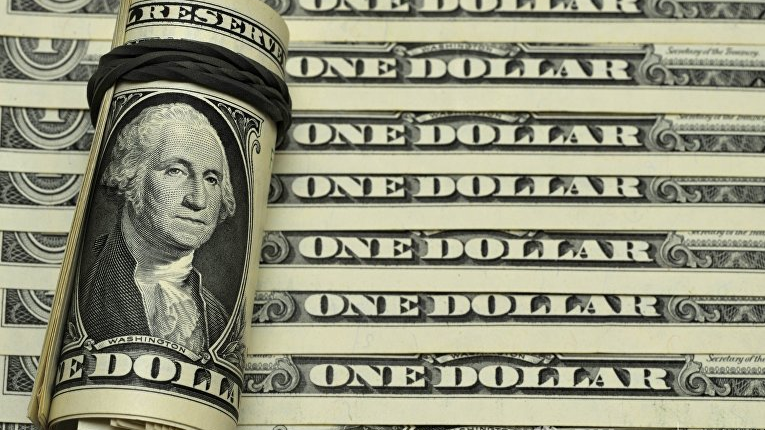US dollar, yen rise after weak data on China amid unrest in Afghanistan
16 August 2021

The dollar rose on Monday against commodity currencies such as the Australian, New Zealand and Canadian dollars, while the safe yen strengthened amid disappointing economic data from China, political tensions in Afghanistan and the spread of the coronavirus delta variant, which dampened risk appetite.
The rise in the dollar came after a slump in consumer sentiment on Friday weakened the U.S. unit.
Against a basket of six major currencies, the dollar rose 0.1% to 92.620 after falling to a one-week low of 92.468 on Friday. Its growth was most pronounced in relation to commodity currencies.
The Australian dollar fell 0.6% against the US dollar to 0.7335 and the New Zealand dollar fell 0.4% to 0.7016 USD ahead of the Reserve Bank of New Zealand meeting on Wednesday, at which economists widely expect the first increase in the benchmark interest rate since 2014.
Meanwhile, the U.S. dollar rose 0.4% against the Canadian dollar to C$1.2572 as Canadian Prime Minister Justin Trudeau called early elections for Sept. 20, betting that high coronavirus vaccination rates and the economic recovery after the pandemic would help him extend and consolidate his power.
"The jump in the U.S. dollar is caused by a combination of uncertainty regarding delta as China closed a major port due to security, and the new geopolitical reality that Afghanistan faces," said Juan Perez, currency strategist and trader at Tempus Inc in Washington.
"Overall, the buck does play perhaps the short-lived role of a safe haven because nothing is clear except the end of a very long armed conflict that others believe will end differently," he added.
Thousands of civilians desperately trying to leave Afghanistan flooded Kabul's airport on Monday after the Taliban captured the capital over the weekend, forcing the U.S. to suspend evacuations as they came under growing domestic criticism over the withdrawal.
Currencies generally held in broad trading ranges as investors were wary of making large bets at the start of a busy week for central banks.
China's retail sales, industrial production and fixed investment figures for July were weaker than expected as the latest COVID-19 outbreak weighed on the world's second-largest economy.
Long positions on the U.S. dollar have risen to their highest levels since March 2020, suggesting that the dollar's recent move down was more of a temporary setback than the start of a structural downtrend.
The release of the minutes of this week's Fed meeting will be key to the dollar's short-term outlook, especially if it confirms that more policymakers are leaning toward reducing the bond-buying plan by the end of the year.
Volatility in the foreign exchange market, even compared to its already low levels, is approaching the lows of 2021 thanks to the summer lull.
In other countries, the minutes of the last meeting of the Reserve Bank of Australia are due to be published on Tuesday.
In cryptocurrencies, bitcoin fell 1.2% to $46,479 after 20 months high of $48,190 over the weekend.





